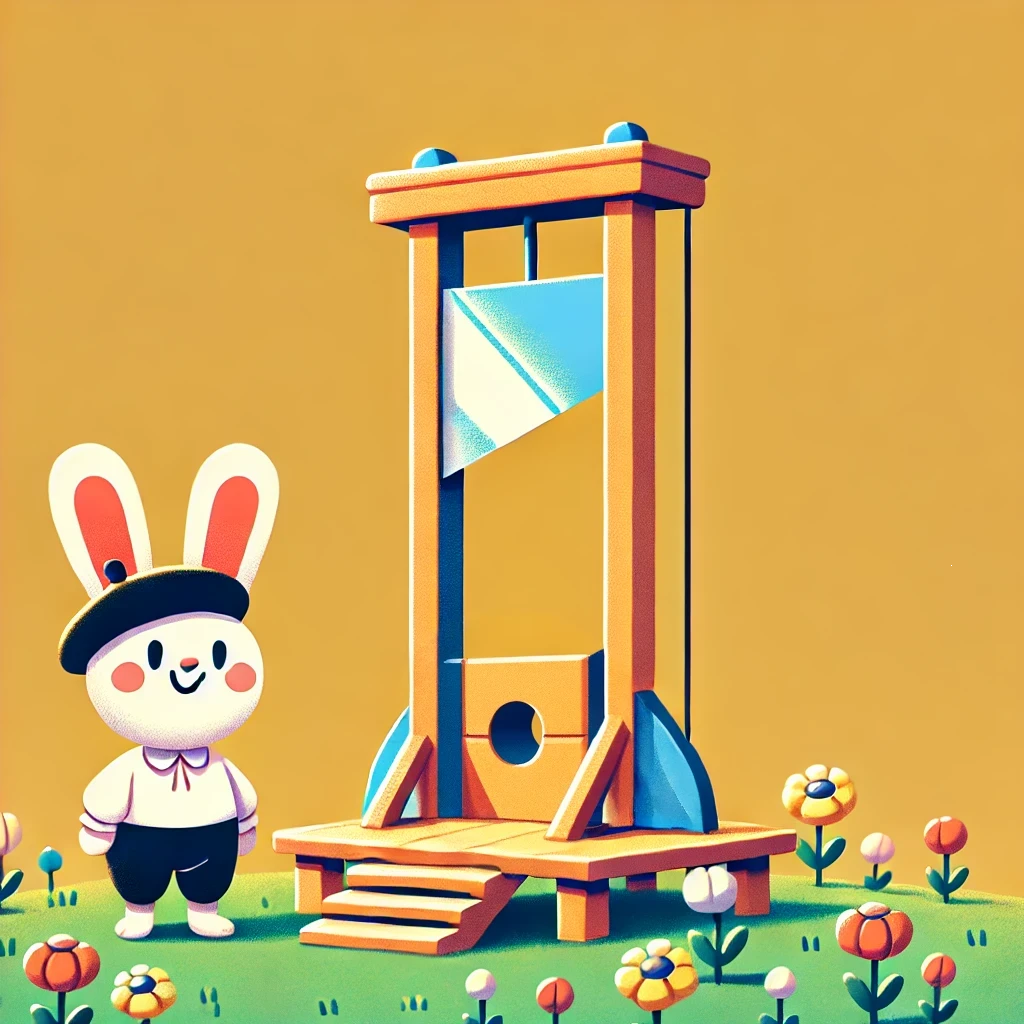Seems like it would have been more efficient to use hexagonal tessellation instead of square.
I assume that irrigation machines are running in circles so it’s cheaper to be circle.
Stacking circles is more space efficient when placed in a hex grid, instead of a square grid. Just image a stack of oranges. They won’t be stacked in straight towers, but staggered.
I suspect the actual reason for the square layout, it that it makes roads inbetween cheaper and easier to navigate. And since land is most likely not a limiting factor, it is probably cheaper to do it this way.
But with hexagons, circles will overlap in straight line, there will be empty parts at edges of hexagonal grid. Usually land is some kind of rectangle. With circles not overlapping in straight line you can also convert your field from circles to squares and from squares to circles.
Usually land is some kind of rectangles
Makes sense. You’d need to do half-circles on the edges to tile rectangular land in hexagons, and that would mean more machines and pipes.
Hexagons would only make sense if you needed multiple, equal-sized irrigators, but the more I think about it, there probably isn’t a size limit on these machines. They are built in modular sections, with each section driving itself relative to its neighbors. If they need a larger area covered, they’d build a longer irrigator.
Higher temperatures caused by climate change are driving complex processes that make droughts bigger and more severe, new research shows.
Before reading the article, the title sounded really stupid. Like, “New research shows that turning your stove higher, makes the water boil, more at 11!”. Anyway, interesting read.




